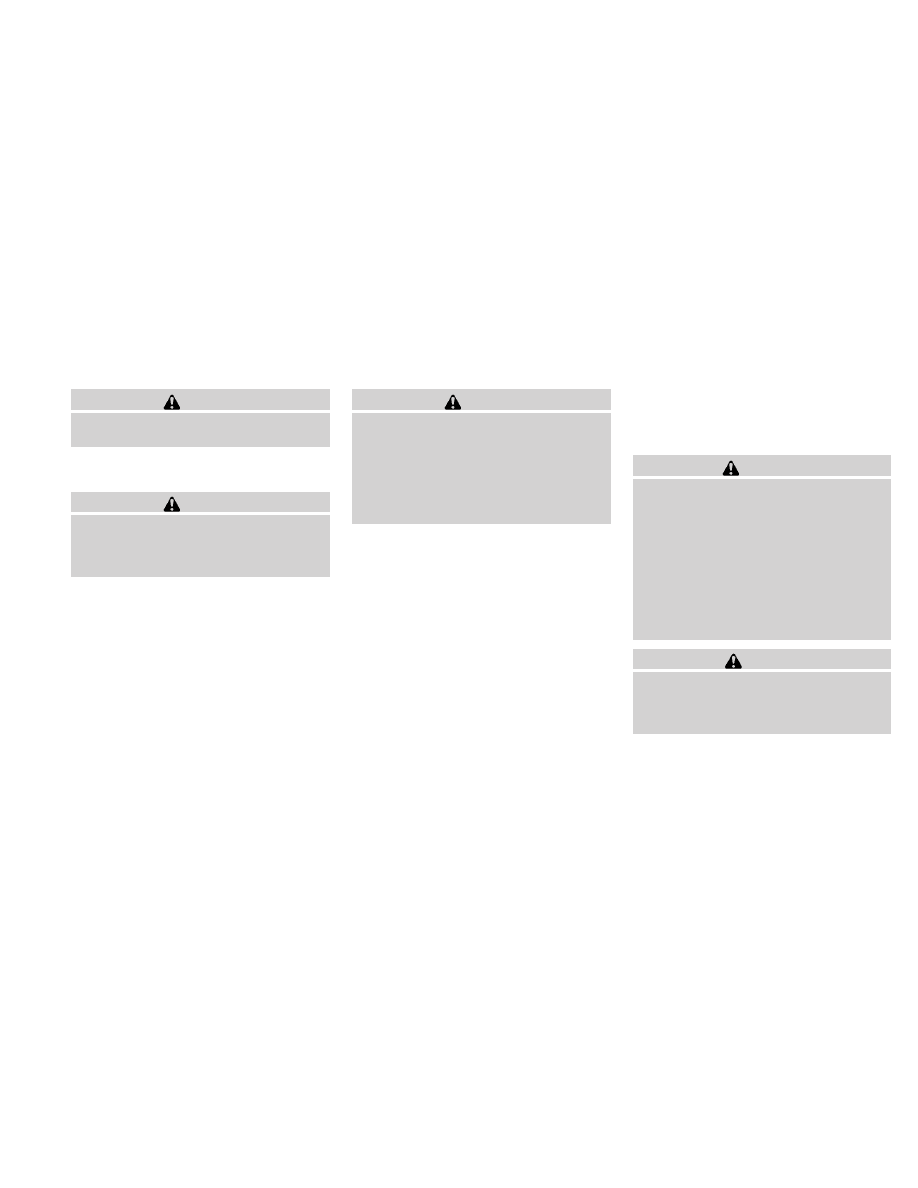Nissan Altima Hybrid (2010 year). Manual - part 23

CAUTION
Be careful not to burn yourself. The engine
oil may be hot.
5. Wipe the engine oil filter sealing surface with
a clean rag.
CAUTION
Be sure to remove any old gasket material
remaining on the sealing surface of the
engine. Failure to do so could lead to
engine damage.
6. Coat the gasket on the new filter with clean
engine oil.
7. Screw on the oil filter until a slight resistance
is felt, then tighten an additional 2/3 turn.
8. Start the vehicle and check for leakage
around the oil filter. Correct as required.
9. Turn the vehicle off and wait more than 10
minutes. Check the oil level. Add engine oil if
necessary.
CAUTION
● Use only Genuine NISSAN Matic W ATF.
Do not mix with other fluids.
● Using transmission fluid other than
Genuine NISSAN Matic W ATF will dam-
age the transmission, which is not cov-
ered by the NISSAN new vehicle limited
warranty.
When checking or replacement is required, we
recommend your NISSAN dealer for servicing.
For further brake fluid specification information,
refer
to
“Capacities
and
recommended
fuel/lubricants” in the “Technical and consumer
information” section of this manual.
WARNING
● Use only new fluid from a sealed con-
tainer. Old, inferior or contaminated
fluid may damage the brake system.
The use of improper fluids can damage
the brake system and affect the vehi-
cle’s stopping ability.
● Clean the filler cap before removing.
● Brake fluid is poisonous and should be
stored carefully in marked containers
out of reach of children.
CAUTION
Do not spill the fluid on any painted sur-
faces. This will damage the paint. If fluid is
spilled, immediately wash the surface
with water.
ELECTRONICALLY CONTROLLED
CONTINUOUSLY VARIABLE
TRANSMISSION (eCVT) FLUID
BRAKE FLUID
Maintenance and do-it-yourself
8-13